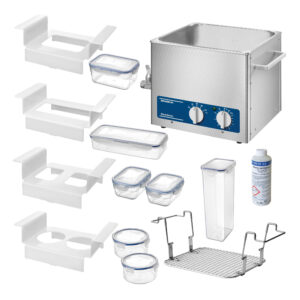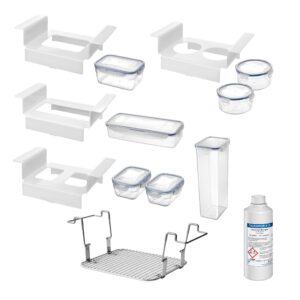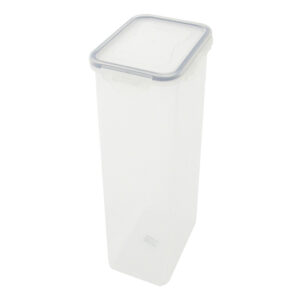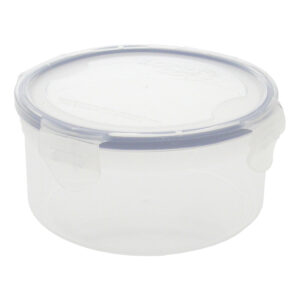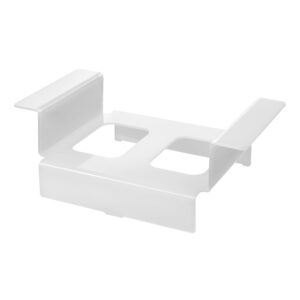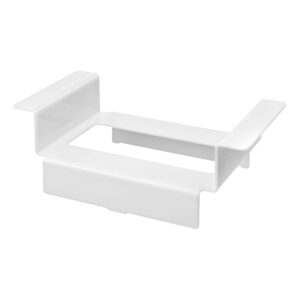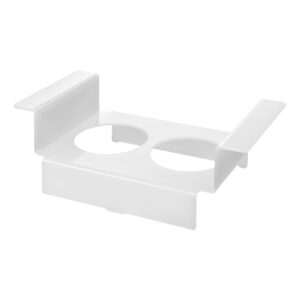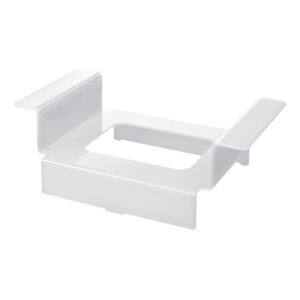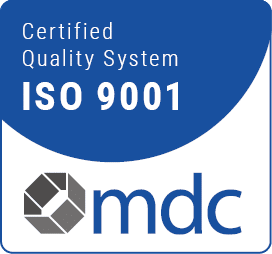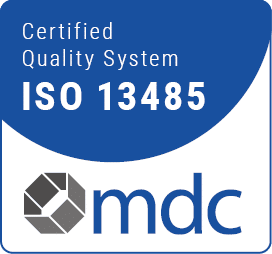BactoSonic
Special ultrasonic bath for the gentle removal of biofilms

Compact & Powerful
Kleines Ultraschallbad für große Anwendungen
SweepTec
zur ständigen Schallfeldoszillation für gleichmäßige Beschallung
Robust
The robust stainless steel housing is easy to clean and protected against dripping water
Power setting
from 20% to 100%
Low intensity, high homogeneity
Time, temperature, power and thus adaptation to the respective sample body
Level indicator
For safe and accurate filling of the unit
Working principle of the BactoSonic
The implant is placed in the liquid of the corresponding box and sonicated in the BactoSonic ultrasonic bath specially developed for this procedure. Compared to other ultrasonic baths, this device works with low-frequency ultrasound at low intensity and high homogeneity. The aim is to remove the biofilm without destroying the bacteria, which must be preserved for subsequent analysis. The liquid obtained is microbiologically processed and the amount of bacteria is quantified. Up to 10,000 times more bacteria can be detected than with usual methods, such as from biopsies of periprosthetic tissue. Mixed infections and different bacterial morphotypes can be better detected. Sensitivity is improved, especially in patients with prior antibiotic therapy.
Technical details can be found in the Data sheet.
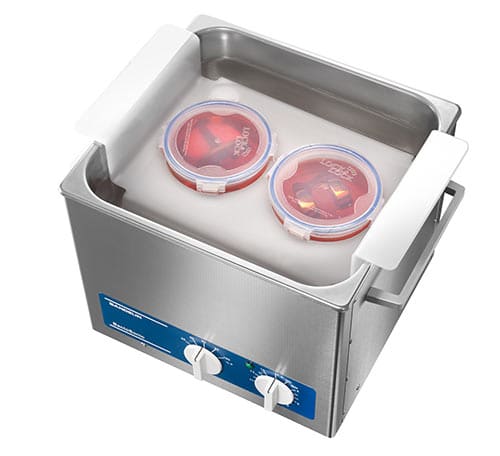
Ready-to-use set - order no. 3291
BactoSonic 14.2
-
BactoSonic BS 14.2 Set
5.407,00 €(plus VAT. & Shipping)
excl. 19% VAT
plus Shipping costs
Add to basket
-
BactoSonic BS 14.2
3.791,00 €(plus VAT. & Shipping)
excl. 19% VAT
plus Shipping costs
Add to basket
-
BactoSonic accessories
1.591,00 €(plus VAT. & Shipping)
excl. 19% VAT
plus Shipping costs
Add to basket
Implants and infection
With the increasing use of medical implants, we are also confronted increasingly confronted with infectious biofilms on them. The most most common implants are joint prostheses, osteosyntheses, vascular prostheses, pacemakers and defibrillators, dental implants, neurosurgical shunts and breast implants.
The success of treatment for implant infections depends on a precise
precise, microbiological diagnosis. Because microorganisms form
foreign bodies, they are often difficult to detect in the surrounding tissue.
surrounding tissue.
Biofilms consist of an amorphous matrix of polymerised polysaccharide.
polymerised polysaccharide in which microorganisms are embedded.
are embedded. In the biofilm, microorganisms are in a metabolically less active
stationary growth phase. Over weeks to years
a complex three-dimensional layer develops, which, via rudimentary
the nutrition of the biofilm (via water channels) and its communication (via extracellular
and its communication (through extracellular messengers).
ensures.
While free-living (planktonic) bacteria are killed by antibiotics and the immune system, adherent immune system, adherent bacteria survive protected in the extra cellular in the extra cellular matrix of the biofilm.
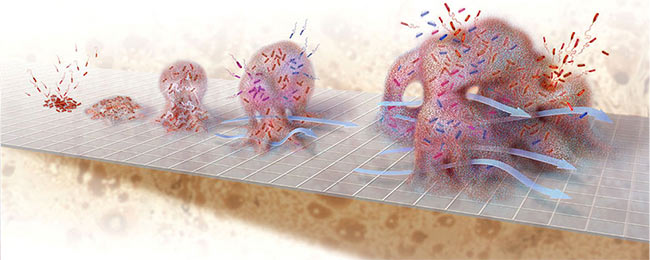
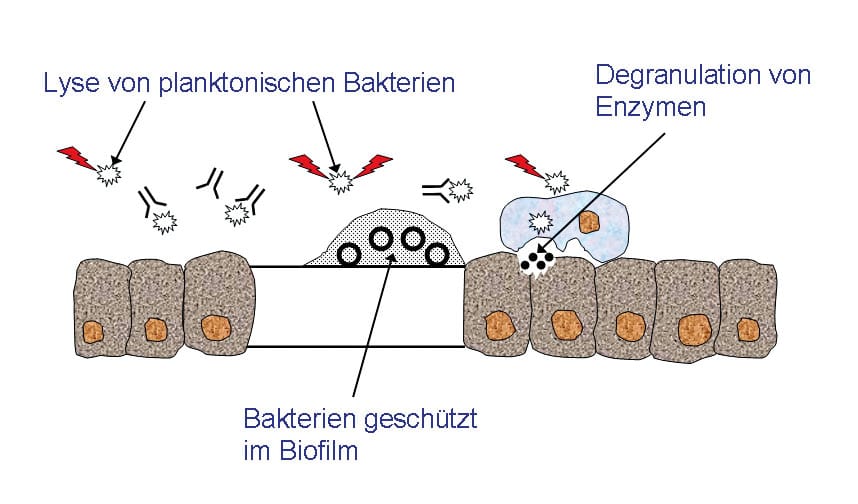
Detection of biofilm-forming bacteria
The implant is aseptically removed from the body in the operating theatre and transported in a sterile box to the microbiology laboratory within 24 hours. After addition of Ringer's solution, the implant is shaken vigorously and exposed to ultrasound for 1 minute. The sonication removes > 99.9% of the adherent bacteria.
Quantitative detection of biofilm-forming bacteria
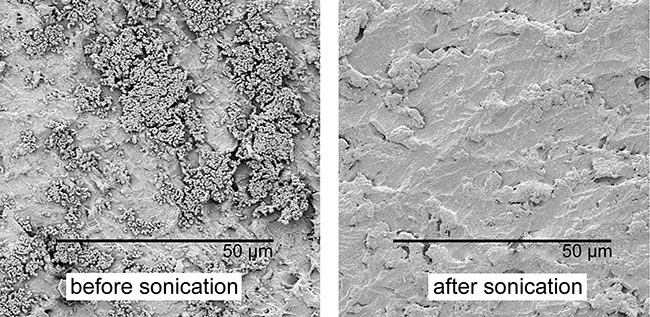

Detection of biofilm-forming bacteria
various
Implant boxes

Bandelin Electronic
Quality since 1955
We - a Berlin-based family business in its third generation - specialise in the development, manufacture and distribution of ultrasonic devices, corresponding accessories and application-specific cleaning and disinfection preparations. The high vertical range of manufacture, a modern production facility and motivated employees distinguish us and are guarantors for constantly new quality products.

